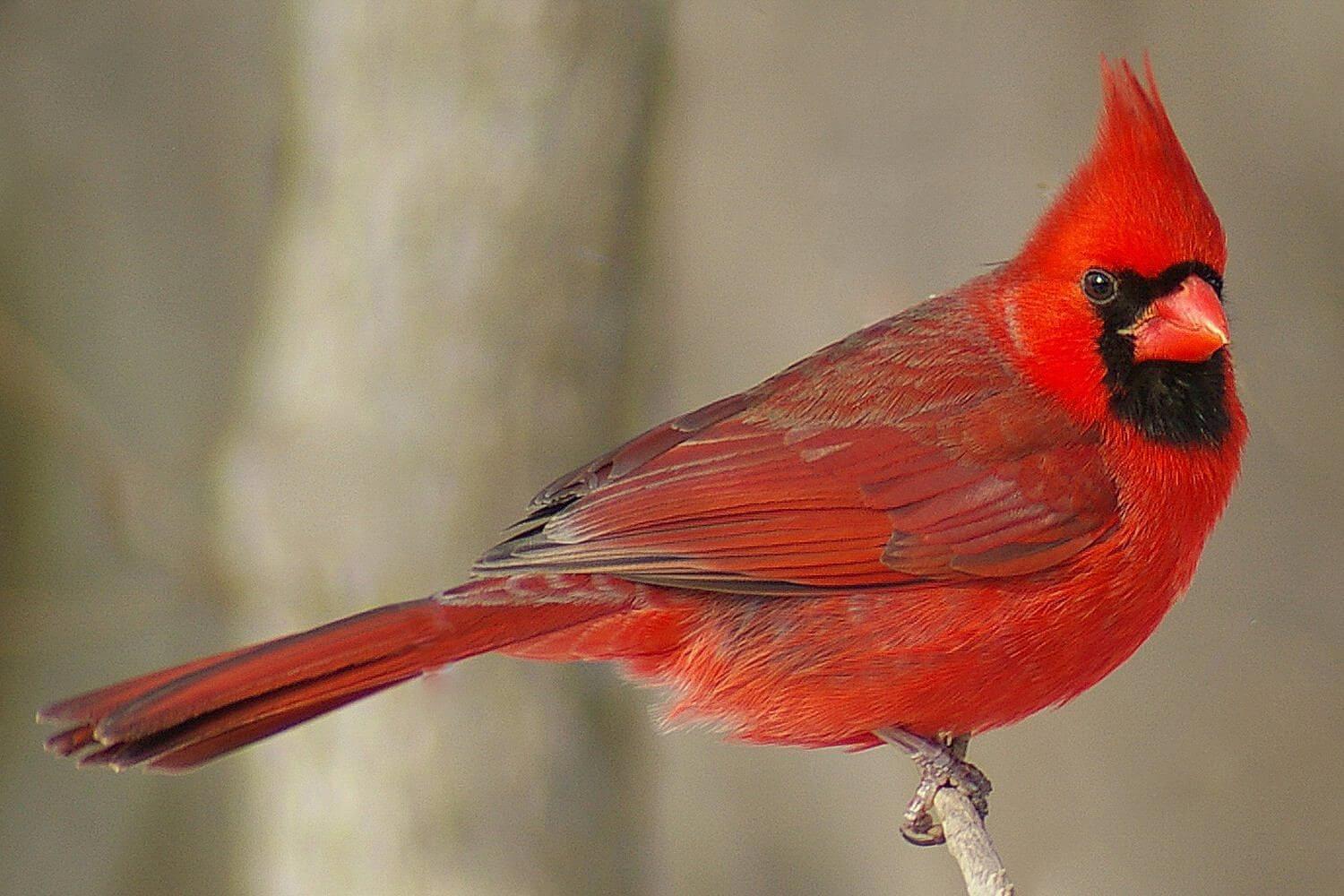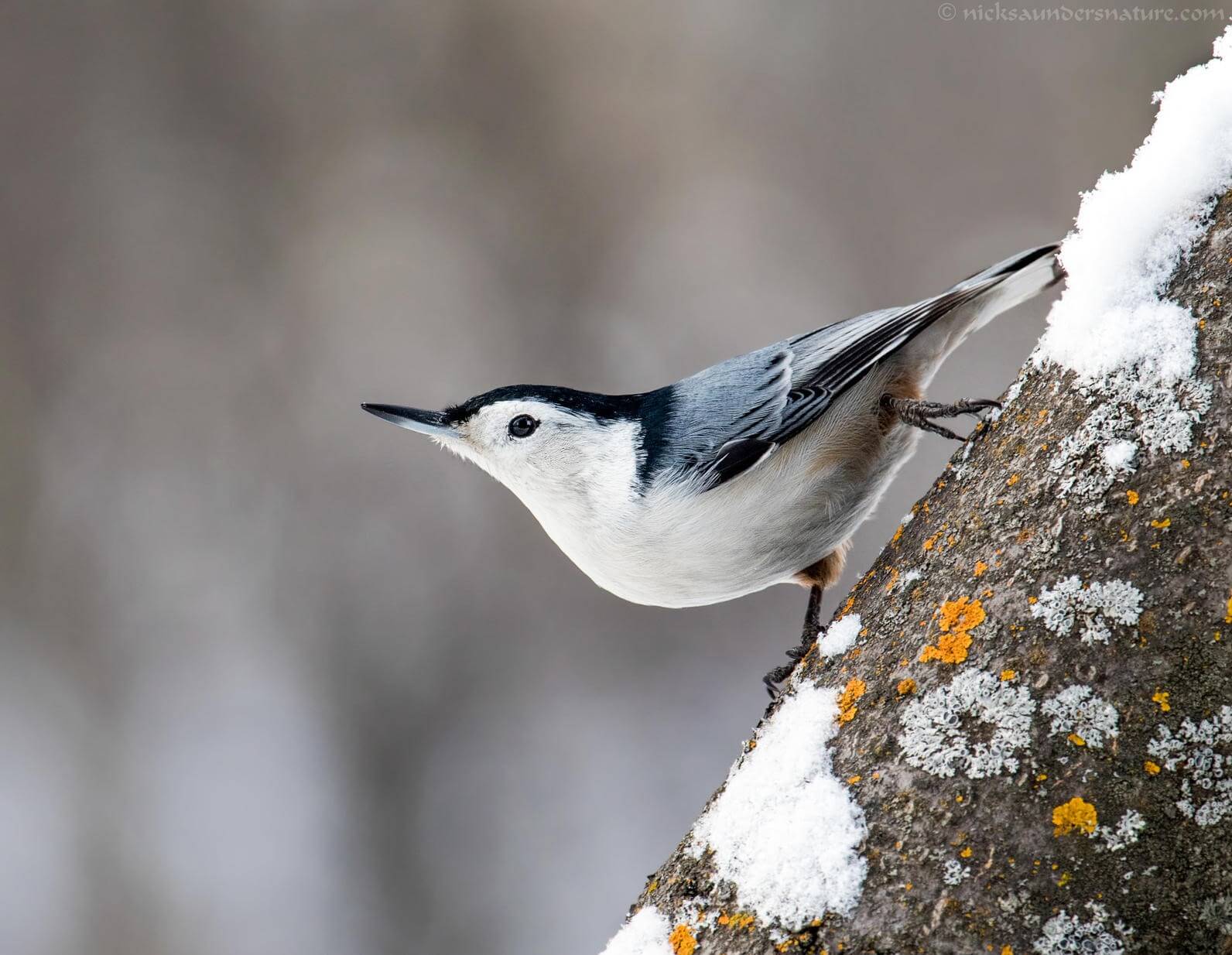It is a very normal thing for people to raise a query about how all these winter birds survive at night. Well, that is quite a topic to discuss on cause based on their physical characteristics and instincts. They have acquired quite several ways to stay warm over time.
Like they are creating all-mighty nature, nature has also equipped them with valuable features to survive harsh and cold weather. Each bird has lots of feathers covering its bodies, and these feathers work as excellent insulators.
Also, the uncovered part of their bodies that do not have feathers has an intricate amount of blood vessels for keeping it warm through blood circulation. These two are the main things that help birds maintain their average blood temperature at 105°F, which is quite well above average human body temperature.
Here is a list of some of the winter birds and their ways of keeping themselves warm on winter nights:
Blue Jays

These fantastic birds try to seek in dense forests at night to survive the night. They try to hide inside the foliage to be out of sight from any predators.
Chicadees

They do not require any heavy vegetation to hide because they make nice roosting pockets inside trees by themselves to rest and survive through the nights.
Doves & Pigeons

These two birds are mostly seen running around in mid-sized flocks and take shelter in big-sized coniferous trees for the winter nights. Pigeons also prefer flat shelf-like areas, so they are often resting on building edges, under the bridges, or even flat barn beams.
Finches

Even in those extremely chilled winter nights, these finches have been seen to be resting by making a cavity-like space in the snow. But sometimes, they have also been noticed to take shelter in coniferous trees.
Northern Cardinals

Like Blue Jays, these also take shelter in dense forest vegetation to spend the winter nights.
Nuthatches

These are pretty clever ones that are why they utilize the unused woodpecker holes in the trees for shelter purposes. Often, they have also been seen to be resting in large numbers together, even sleeping one on top of another to keep each other warm.
Starlings

This type of bird will make a big flock that can even consist of up to 1000 birds and takes shelter on nearby trees. In this way, they can also remain close to each other for sharing body heat and help each other in case of any predator attack.
Titmice and Wrens

These two types of birds are seen to be taking shelter in small tree cavities, but they also love small roosting pockets that people often around their houses or in the backyard.
Woodpeckers

These are the most self-reliable ones cause if they cannot find one place decent enough to rest, they will make one for them as they usually do for their young ones in the trees.
Here Are Some Myths That Has Been Going Around About Winter Birds About Surviving the Winter Nights:
Birds Will Freeze to Death When Temperatures Drop Far Below Zero
As we already mentioned, birds are very well equipped to survive these chilled winter nights. They often use their stored fat to burn off during the night to keep themselves, or they will slow down their metabolism to conserve some energy. They also get their feathers fluffed up to trap the heat or take shelter in tree cavities or birdhouses, or other roosting pockets.
Robins Always Fly South for Winter
Not necessarily cause if they find enough food on their breeding grounds, then they will indeed be living in the same place where they spent their summer. But because these birds survive on insects, they fly from trees from one place to another, searching for this kind of insect because it is hard to find enough of these insects in one place.
It would help if you Took Birdhouses Down in Winter Because Birds Do Not Use Them and Other Creatures Will Move-In
It is a very wrong belief that people have caused these kinds of birdhouses in your backyard and around the house, then it will only help those winter birds rest in a proper shelter and will not have to find places for that. Mostly those Eastern bluebirds are very much helped by these.
If You Leave Town, The Birds That Rely on Your Feeders Will Die
According to research, it is an entirely wrong fact that we have in our heads cause, according to research, only around 25% of their winter food is from feeders, and the rest 75% is from the wild. Many people nowadays are trying to feed them, which means you are not home. These birds will find food at your neighbor’s home.
Birds’ Feet Will Stick to Metal Bird Feeders and Suet Cages
Nowadays, all the suet cages come with laminated covering, so you do not need to worry about their feet sticking to it. Their feet are well prepared for winter weather having special scale-like covering and great veins for more blood circulation.
All Hummingbirds Migrate South for Winter
Yes, most hummingbird species from North America indeed migrate to South America during winter, but Anna’s hummingbird tends to stay in their west coast breeding grounds.
Migration Means North in The Spring and South in The Winter
Some bird species like rosy finches and ptarmigans migrate towards the higher ground in winter and lower in winter.
Peanut Butter Will Get Stuck in Birds’ Throats, And They Will Choke
This is just a myth cause peanut butter is as nourishing of food for birds as it is for humans, especially in winter when they need fat production for survival.
If You Have Water in A Birdbath When the Temperature Is Below Freezing, Birds Will Freeze to Death from Wet Feathers
Birds drink from water baths and often take a bath as well, but if the temperature is too cold, they will drink some water and not even try to get their features wet. But yes, if you are much worried about it, then you can offer some warm water in those water baths and change it from time to time.

